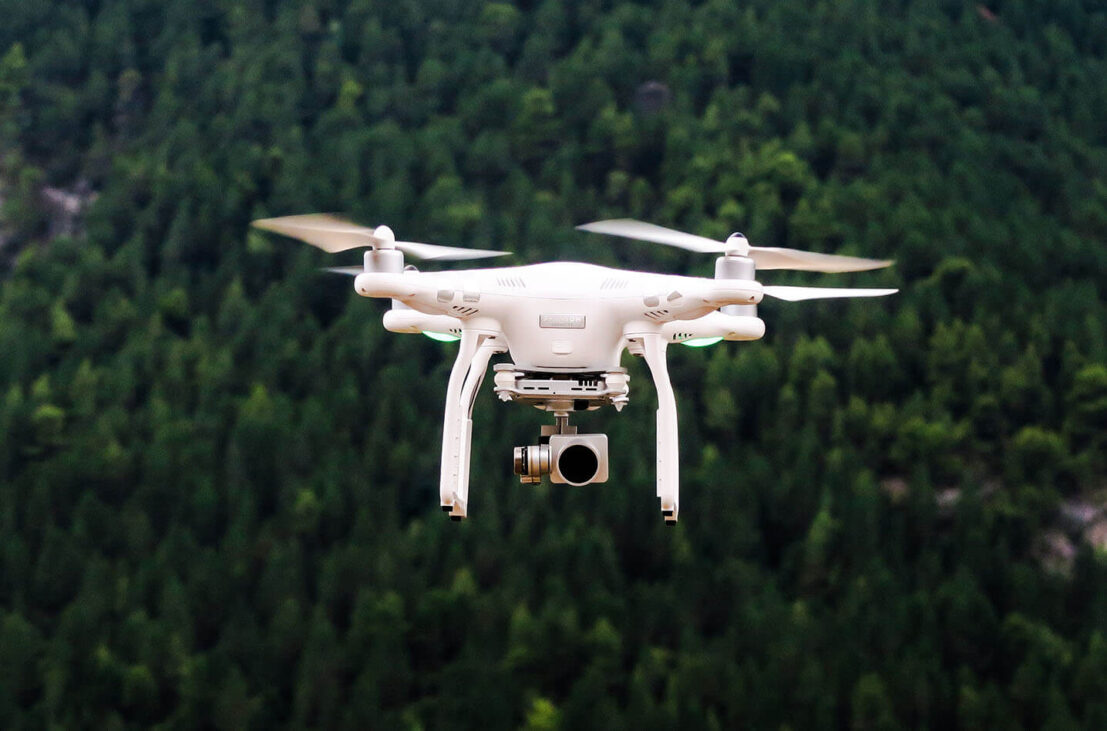
April 5, 2022
The Unmanned Aircraft Systems (UAS) Beyond Visual Line of Sight (BVLOS) Aviation Rulemaking Committee (ARC) recently sent to the FAA a final report, which includes more than 70 recommendations to enable broader commercial UAS operations.
Formed in 2021, the ARC identified the need for a risk-based approach to BVLOS operations over a blanket series of regulations. Such an approach would consider the size of the UAS, area of operation and population density, among other factors, in approving UAS for BVLOS flight.
“We’re pleased the FAA shared the ARC report with the public,” said Heidi Williams, NBAA senior director of air traffic services and infrastructure. “The agency will now deliberate on its recommendations and determine the best course of action going forward.”
One recommendation would modify established “right of way” practices requiring UAS to yield to crewed aircraft, to instead give UAS priority in certain circumstances such as low-level operations near critical infrastructure. Iris Automation CEO Jon Damush, a member of the BVLOS ARC and NBAA’s Emerging Technologies Committee, acknowledged that recommendation will likely prove controversial.
“Crewed aircraft are currently at a disadvantage to see much smaller and lighter UAS, particularly against ground clutter,” he noted. “The overarching goal is to attain a more rational level of what are considered acceptable UAS detect-and-avoid capabilities.”
Other recommendations include:
- Updating current UAS operator license requirements to include BVLOS operations.
- Creation of a performance-based “BVLOS Rule” for all UAS within a certain kinetic energy threshold, in lieu of FAA airworthiness certification of individual systems.
- Developing a voluntary regulatory system to enable private, third-party service providers to support UAS BVLOS operations.
Damush termed the recommendations in the ARC report, “a catalyst toward moving toward a performance-based series of regulations” enabling BVLOS operations with one or more UAS overseen by a single operator.
“I think the FAA is going about this a good way,” he added. “We’re taking steps to determine a reasonable framework to enable BVLOS operations that can be tailored to the appropriate level of risk.”
As the FAA now reviews the ARC recommendations, a process that could take up to a year or more, Williams noted NBAA’s Emerging Tech Committee is focused on the expansion of waivers needed to enable a higher number of UAS operations in the near-term.
“This process requires careful deliberations and very close scrutiny,” she concluded, “but our industry is also eager to expand the safety and viability of UAS today. We’re working to determine the best path to make that happen as we await the FAA’s proposed rulemaking.”


 International Business Aviation Council Ltd.
International Business Aviation Council Ltd.